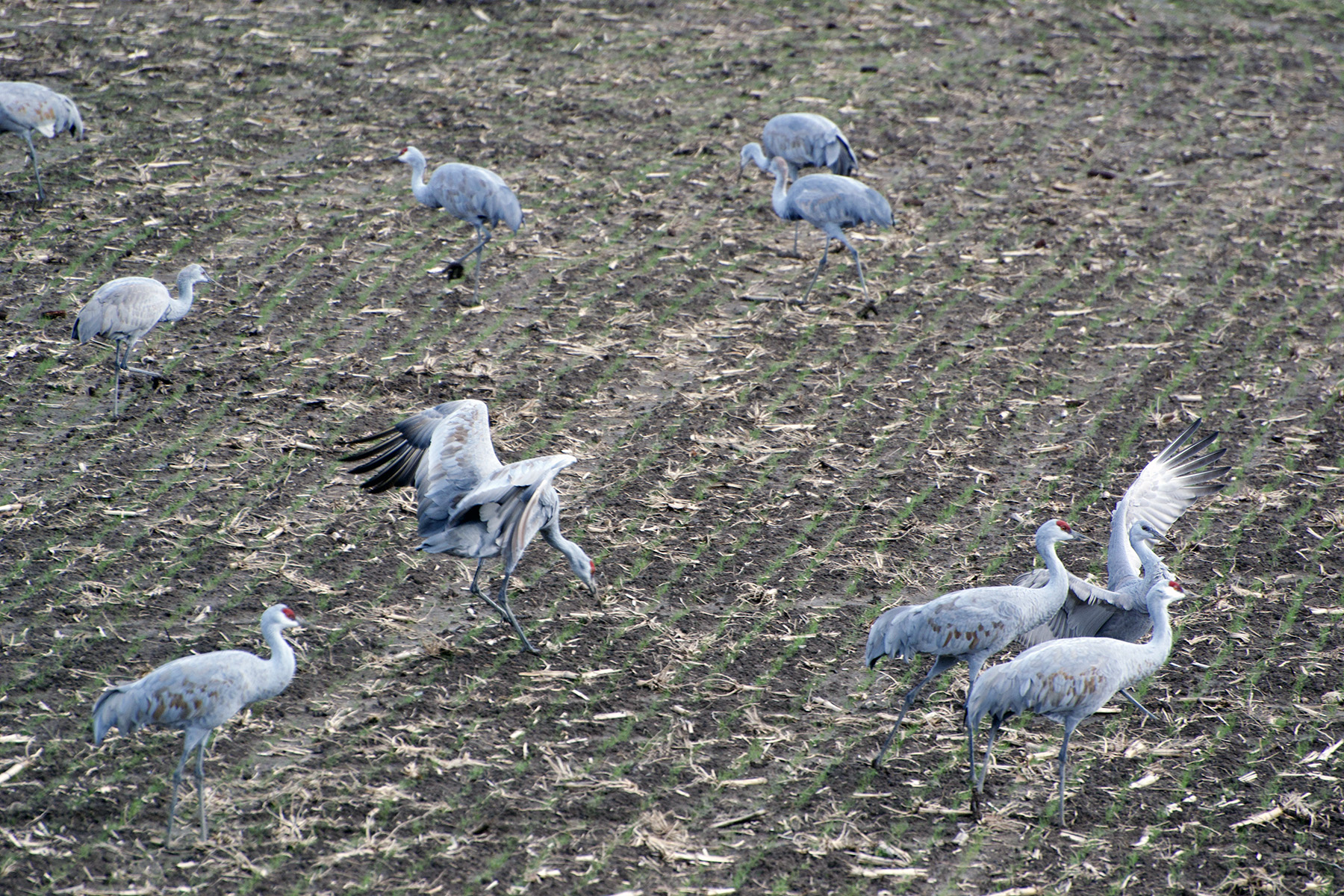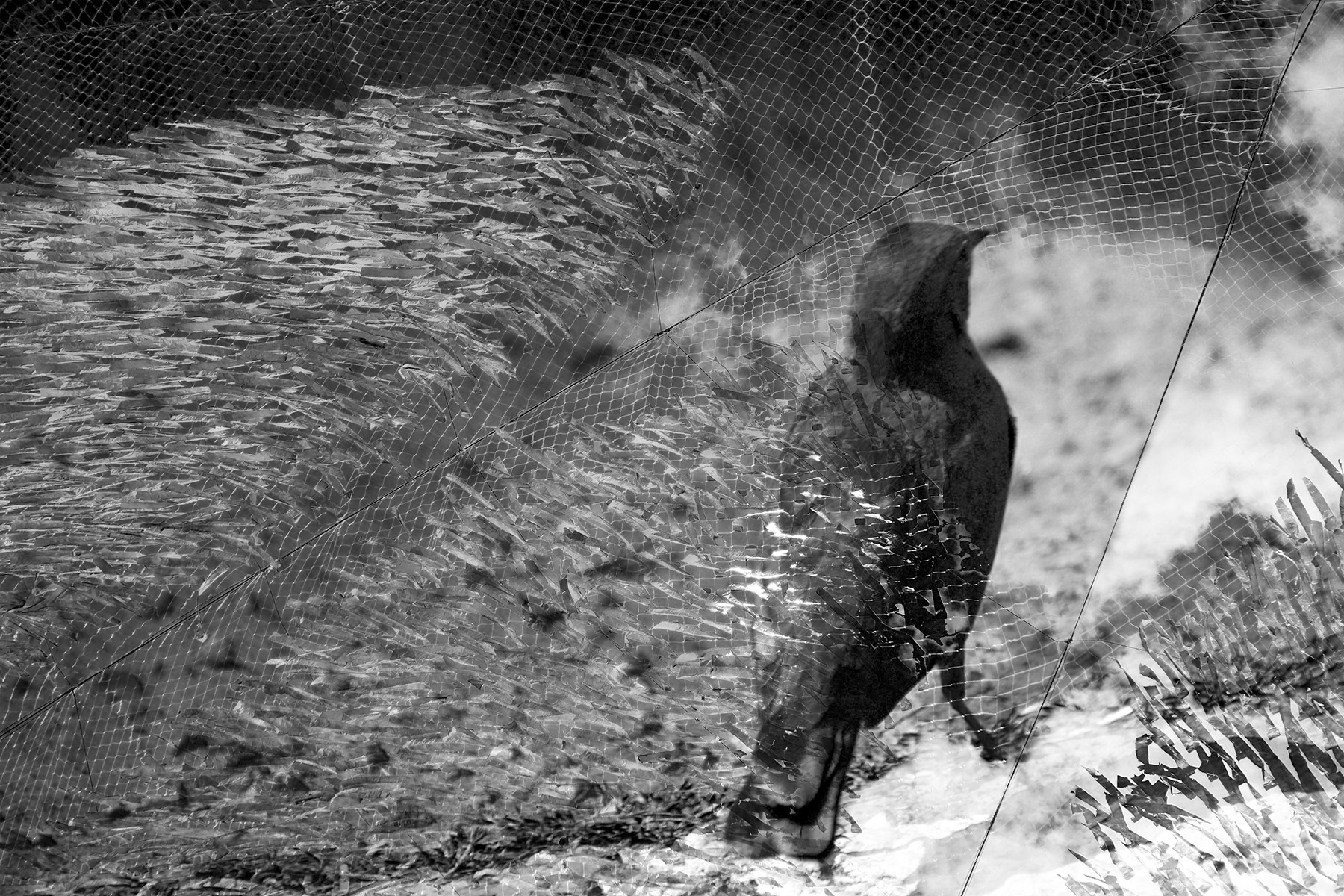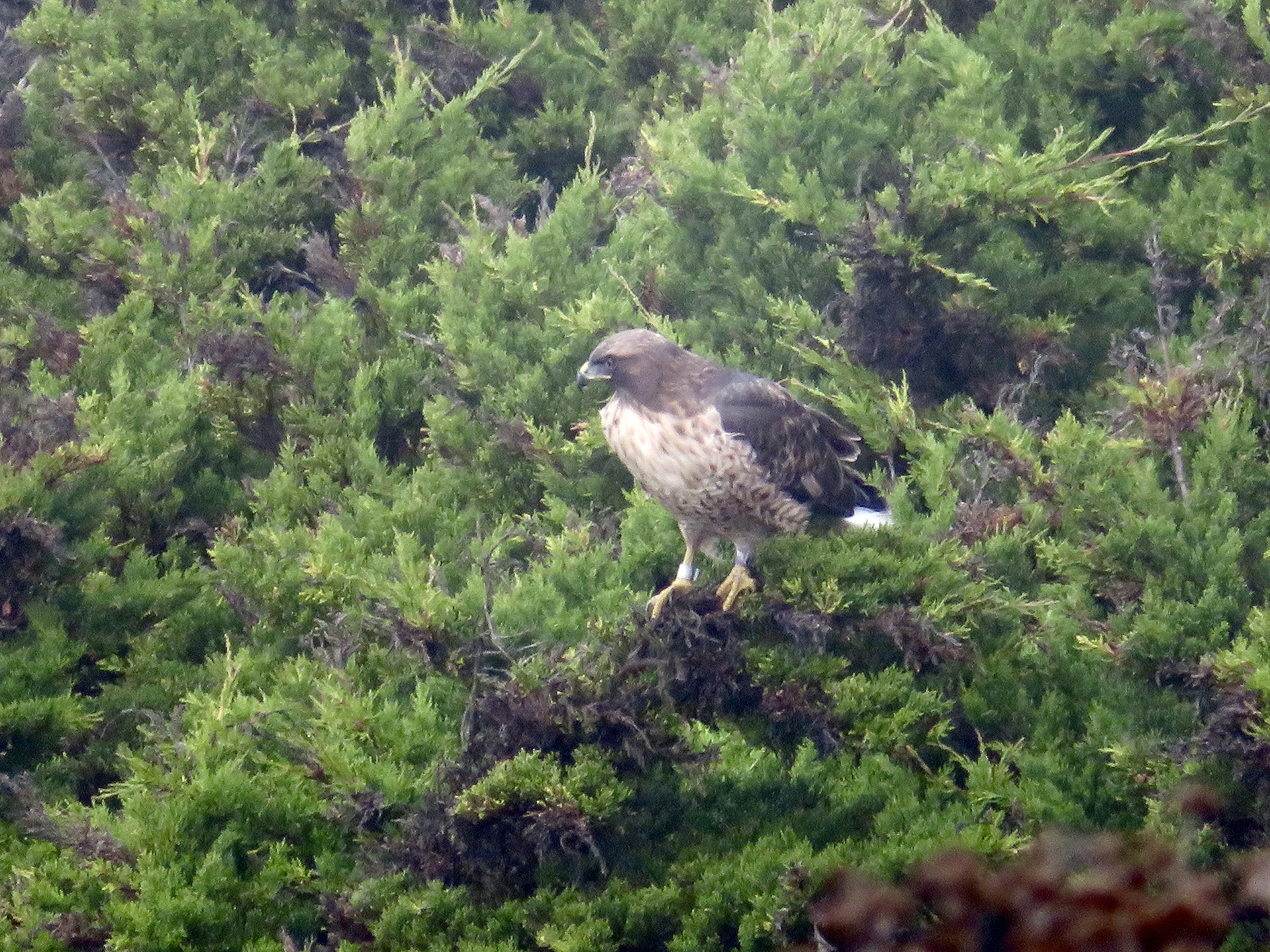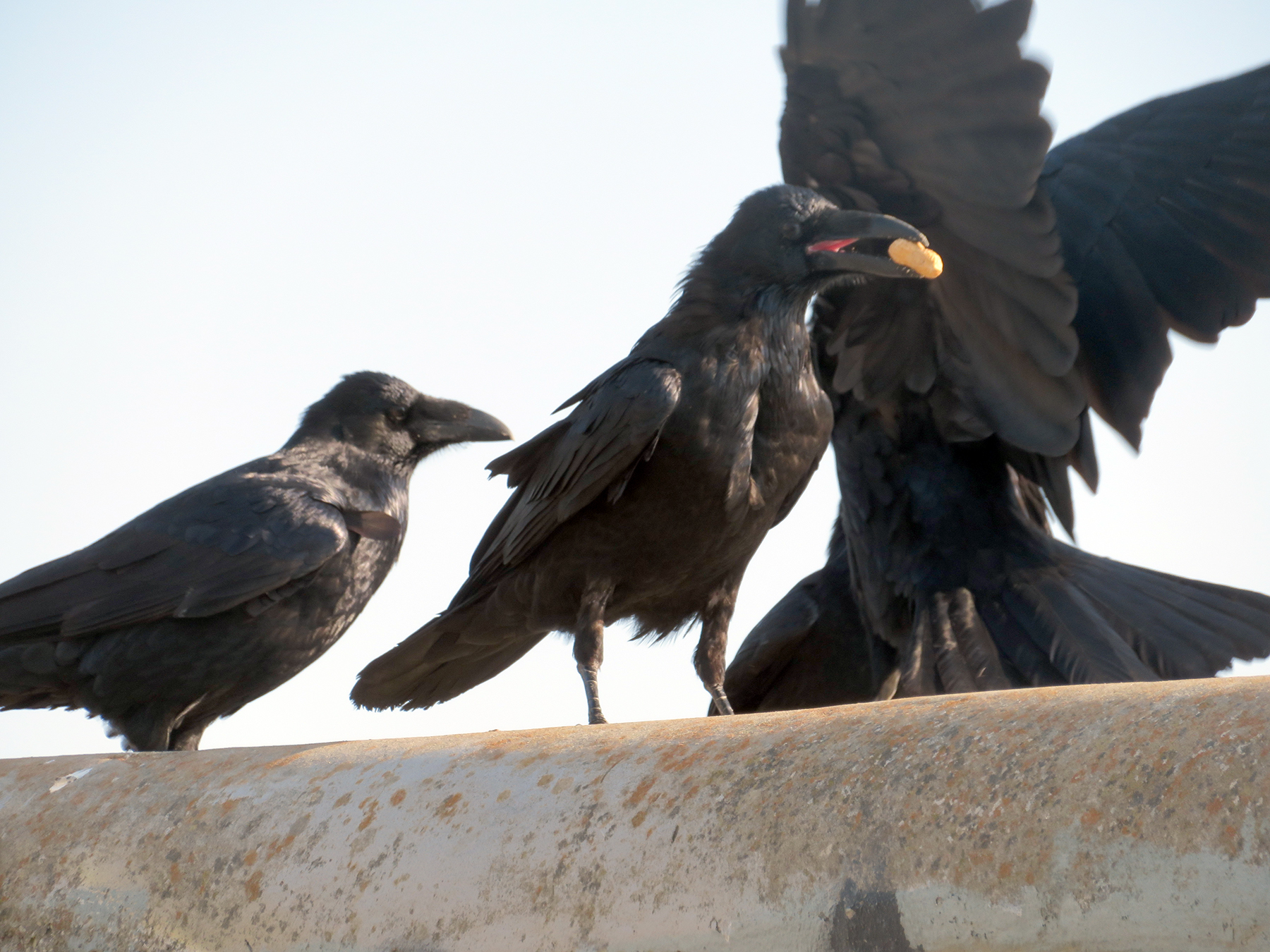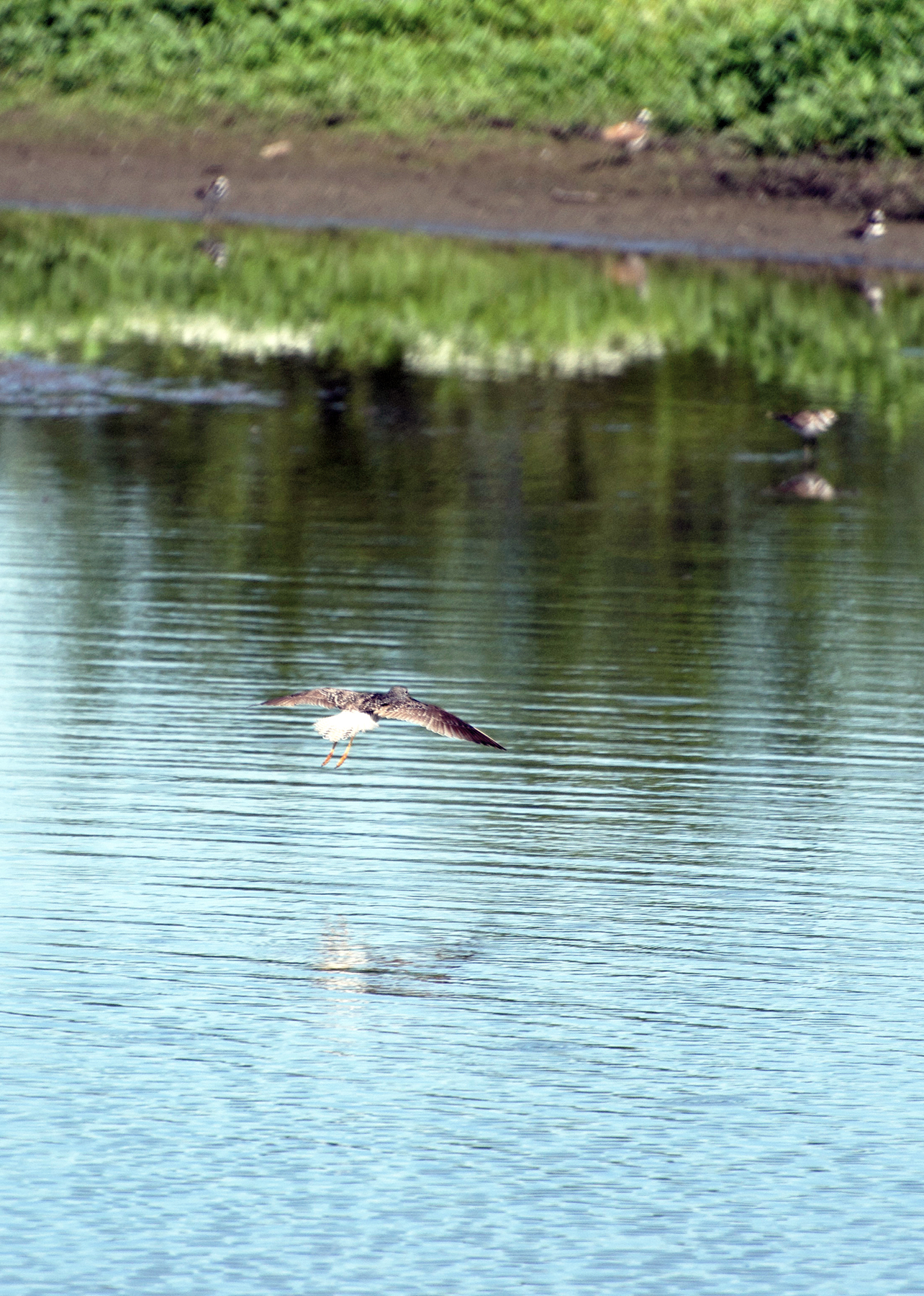I spend a lot of hours these days in an easy chair facing a budding pear tree nestled in a tall bamboo hedge. Its branches provide perches for all kinds of small birds, sparrows and chickadees, juncos and bush tits who disappear into the shelter of the bamboo the second they sense some change.
They certainly scatter when the Rufus Towhee, depicted below, appears to lord it over them all, choosing the highest branch and admiring his own colorful feathers, turning slow circles, spreading his wings and generally pretending he owns the place. Except for one pesky little brown sparrow who won’t have it, starting low on the tree and hopping with fierce determination ever higher until he is in Rufus’ face who is stunned enough at the chutzpah that he flies off.


And since we are on a roll with the anthropomorphizing, let’s hear it for the story that came to mind as an analogy – having just picked it up a couple of days ago in my insatiable appetite for narratives about unusual individuals who defy constraints and expectations.
Meet Zamor, a Bangladeshi boy who, at age 11, was captured by British slave traders who trafficked him to France via Madagascar and sold him to Louis XVI. He gave the boy as a gift to his mistress, Madame du Barry. The countess, by her on words, used him as a plaything and invited courtiers to tease and ridicule her “little African.”
At first I looked upon him as a puppet or plaything, but… I became passionately fond of my little page, nor was the young urchin slow in perceiving the ascendancy he had gained over me, and, in the end… attained an incredible degree of insolence and effrontery.”


The boy craved and received education, devouring Rousseau and studying the classics. At the start of the French revolution he joined the Jacobins and became an office-bearer in the Committee of Public Safety. Using his influential position he got the police to arrest the Countess in 1792, who was released from jail on this round eventually. Further charges by Zamor who was done with a slave’s existence, led to her second arrest, trial and execution by guillotine. It is sort of tragic, given that the Countess was born out of wedlock to a working class mother, made her way out of poverty and up the social ladder as a hired prostitute in ever more aristocratic circles due to her uncommon beauty, and eventually ended up as the King’s courtesan, an association that doomed her during the revolution.


Not exactly a happy ending in the wings for Zamor either. He was arrested by the Girondins on suspicion of being an accomplice of the Countess and a Jacobin. Friends secured his release from prison and helped him to flee France, only for him to return to a life of poverty and premature death after the 1815 fall of Napoleon.
The lavish pretender at the top of the social ladder was brought down by a small Jacobin hooked on big ideas about inequality, social contracts and other tenets of enlightenment. Let’s hope the colorful Towhee and the assertive small rebel sparrow do not exactly reenact the ultimate fate of their counter-parts. Just getting things shaken at the top is joy enough.
Then again, the Heritage Foundation might not agree….

Here is Pola Negri as Madame du Barry in a 1919 silent movie directed by Ernst Lubitsch. Spectacular mass scenes. Alas, explanatory text in French and German only. Zamor is played by a Victor Janson, hmmmmm.
For a more short lived musical amusement – La Piaf in It’ll be fine…..











